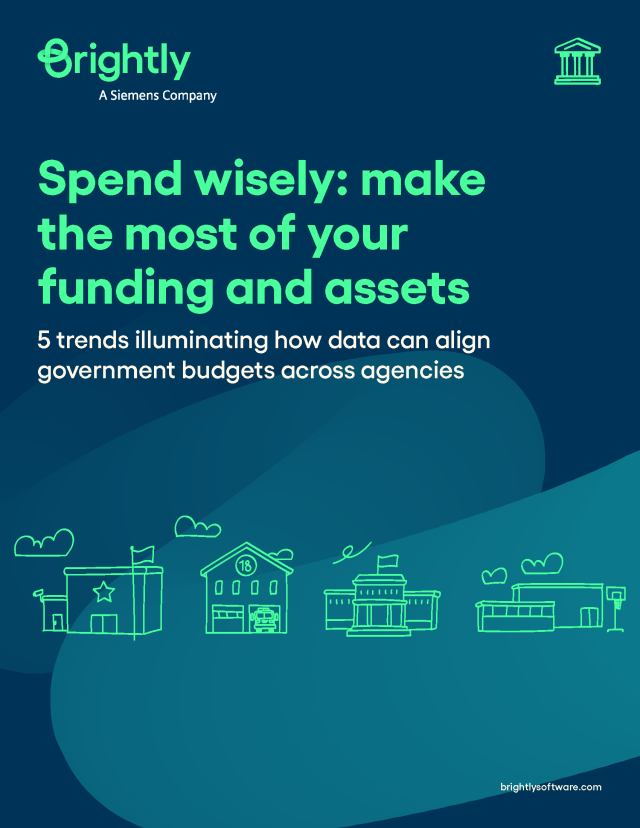Spend wisely: make the most of your government funding and assets
5 trends illuminating how data can align government & infrastructure budgets across agencies
For local government and infrastructure, drivers that affect decision-making are often different from the private sector. The overarching requirement to provide safe and performant services to the public is a given, but budgets are stretched, priorities are complex and services are wide and varied.
COVID-19 rapidly redirected budgets from building improvements to focus on airflow, HVAC and space management. Though the pandemic made it essential to maintain healthy, usable environments, shifting investments to ensure facility health and safety meant less money for ongoing projects.
Leaders responsible for government facilities and infrastructure must now rebalance funds needed for shortand long-term projects. While materials and cosmetic upgrades are necessary to satisfy the community, aging buildings call for structural improvements and energy efficiency updates, not to mention the staff to maintain operations and upkeep.
But, local governments face a universal challenge: funding. And with competing priorities, such as a visibility into the needs of facilities managers, or the data to support the reasoning behind big project spending, leaders need help knowing where to allocate spending.
To align everyone from the person determining the budget to the maintenance professional that keeps operations running smoothly, operations managers and administrators need the capability to easily gather data and actionable insights to help make the smartest spending decisions possible—and to deliver visibility into the reasoning behind each.
In this guide, we’ll explore how Brightly can help bridge the disconnect between officials, operations leaders and the public they serve to tackle five of the most pressing government-specific trends affecting all types of infrastructure and facilities, including:
- IIJA and other federal funding opportunities
- Digital transformation and electrification of fleets
- Smart cities and rising complexity of assets
- Supply chain-driven cost increases
- Sustainability and increasing energy costs



